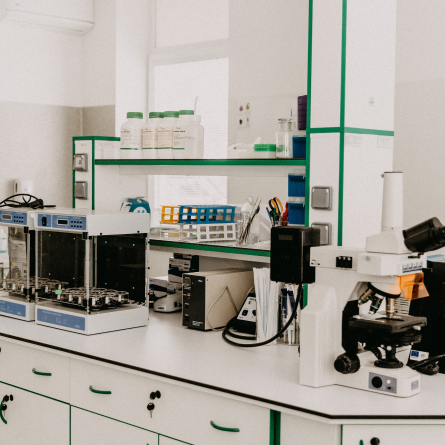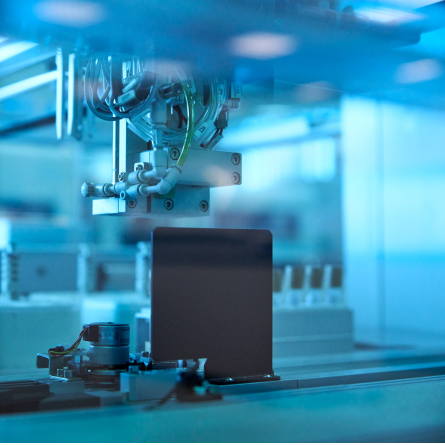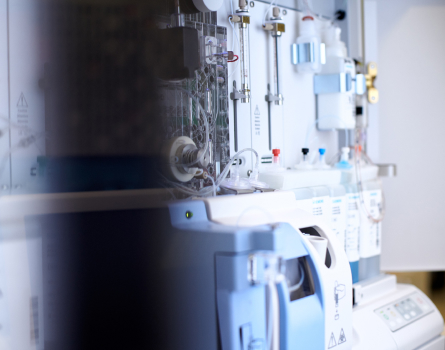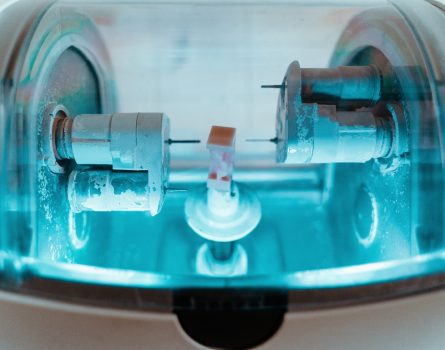How Are Lab Diamonds Created

What are lab grown diamonds?
Lab grown diamonds are known by many names: lab grown diamonds, cultured diamonds, man made diamonds, synthetic diamonds along with many others. Regardless of what you call them, they certainly have created a wave in the diamond industry.
So what are they? Simply put, they are diamonds grown in a lab. These labs use cutting-edge technology to replicate the natural processes that create diamonds found in the earth.
The end result is a lad made diamond that is the same as a mined diamond chemically, physically and optically.
How are carbon made Diamonds Created?
Laboratory made diamonds are created in an artificial setting that mimics the natural creation of diamonds below the Earth’s mantle. There are two methods used to create lab diamonds: CVD (chemical vapour deposition) and HPHT (high pressure high temperature). Both methods are effective in creating high-quality, authentic diamonds, identical to those found in nature.

Are thy real diamonds?
In short, yes. Lab grown diamonds are real diamonds.
Lab grown diamonds are identical to diamonds found in the earth in every way. Both share the same qualities and characteristics such as:
- Chemical Composition: C
- Crystalline Structure: Cubic
- Refractive Index: 2.42
- Dispersion: 0.044
- Hardness (MOHS): 10
- Density: 3.52
So whether it is mined or grown in a lab, a diamond is a diamond.
How lab grown diamonds compare to mined diamonds
Lab grown diamonds are manufactured using conditions that mimic the natural process that creates earth grown diamonds. This means that carbon is subjected to high temperatures and high pressure in a controlled environment. The end result is a diamond.
Diamonds pulled from the earth are thought to have been formed 1 to 3 billion years ago. However, scientists believe that they were formed from carbon dioxide being exposed to extreme
temperatures (2,000+ Fahrenheit) and extreme pressure (about 727,000 pounds per square inch). These conditions are found approximately 90 miles below the Earth’s surface. Once formed, these diamonds were moved from the Earth’s core to its crust by volcanic explosions.
The process of making a diamond in a lab is much more efficient. Labs use two different methods to grow diamonds—High Pressure-High Temperature (HPHT) and Chemical Vapor Deposition (CVD).
HPHT
When the HPHT method is used, a small diamond seed is placed into a piece of carbon. Then using either a belt press, cubic press or a split-sphere (BARS) press, the carbon is pressurized to approximately 1.5 million pounds per square inch. Additionally, the carbon is also exposed to temperatures over 2,700 Fahrenheit. This pressure and heat begin to melt the carbon, forming a diamond around the initial diamond seed. The newly formed diamond is then carefully cooled.
CVD
Like HPHT, CVD uses a small diamond seed (often an HPHT diamond). This seed is placed inside a sealed chamber that is heated to over 1,400 Fahrenheit and filled with carbon-rich gases (typically methane and hydrogen). These gases are then ionized into plasma using a technology similar to lasers or microwaves. This technology essentially breaks down the molecular bond of the gas. Once the molecular bond is broken down, pure carbon begins to stick to the seed and a new diamond forms. Additional treatments may be used (heat or irradiation) to enhance or change the diamond’s colour after it is grown.

How long does it take to grow a lab grown diamond?
Unlike the billions of years it takes to create mined diamonds, lab grown diamonds typically take less than a month to grow. White diamonds take the longest time to grow, with it taking 2+ weeks to grow a 1-carat diamond. On the other hand, yellow and blue diamonds take 5-10 days. It is important that the growing process is not rushed when making diamonds. If the process is rushed the crystal will fracture.
Benefits of Lab Grown Diamonds
Diamonds that are grown in a lab feature many different benefits that add to their value and are equally as beautiful as diamonds found in the earth. But beauty isn’t the only thing that lab grown
diamonds have going for them. Lab grown diamonds have many benefits that appeal to consumers.
Socially Responsible
One of the major benefits of lab grown diamonds is that you know exactly where the diamond originated. Many traditional mined diamonds come from conflict regions. This has raised both ethical and humanitarian concerns. The diamond industry has been linked to child labor, poor working conditions, human rights violations and funding armed conflicts. With lab grown diamonds, you can have peace of mind knowing your diamond wasn’t involved in the blood diamond trade.
Smaller Environmental Impact
Mining for diamonds has a tremendous impact on the environment. Between 88k -176k pounds of dirt must be sifted through to find a single 1-carat diamond. While the diamond industry, or rather one company in particular, has pushed the false belief that diamonds are rare, we now know the truth. Diamonds are not rare. Never have been and never will be thanks to advanced technology.
Less Expensive
With lab grown diamonds, you’ll be able to get a bigger stone or higher quality for your budget. This is because lab grown diamonds can be up to 30-40% less expensive than traditional mined diamonds of the same quality. As processes of creating lab grown diamonds continue to improve, the difference in price between the two types of diamonds is likely to continue to grow.
Better Quality for the Price
Lab grown diamonds are made in a controlled environment, although each diamond will differ in quality similar to mined diamonds. Every lab diamond is graded using the 4Cs of Diamond Quality:
cut, color, clarity and carat weight. This is true for both lab diamonds and mined diamonds. The price of a diamond is determined based on how it performs on each of these categories. So while no two diamonds will be exactly the same, whether lab grown or pulled from the earth, you can get a better quality for the same amount you would spend on a mined diamond.
Can you tell the difference between lab grown and mined diamonds?
Lab grown diamonds are identical to mined diamonds. Even to the trained eye, it is impossible to tell the difference between a diamond grown in a lab and an earth mined diamond. Distinguishing between the two requires a trained gemologist and sophisticated equipment specifically designed for identifying lab grown diamonds. Traditional observations and diamond-detectors cannot tell the two kinds of diamonds apart from one another since they are identical both chemically and optically. So, a lab grown diamond and a mined diamond will look the same and you won’t be able to tell the difference because they’re identical in every way.

Certification and grading
Like mined diamonds, lab grown diamonds come with a grading report. Common reports come from International Gemological Institute (IGI) and Gem Certification & Assurance Lab (GCAL), although there are many other graders out there. These reports include a grade for each of the 4Cs as well as verification that it was grown in a lab, if applicable. A diamond engagement ring is a big financial decision, which is why these grading reports give you peace of mind that you’re getting the diamond quality that you expect.
Is a lab grown diamond for me?
Ultimately, the decision to buy a lab grown diamond is a personal one. If you love the look of diamonds but are hesitant because mined diamonds don’t align with your personal values, a lab grown diamond may be just the solution you’ve been looking for. These real diamonds are becoming an accessible luxury that you can indulge in with a peace of mind that you simply can’t get with mined diamonds.
